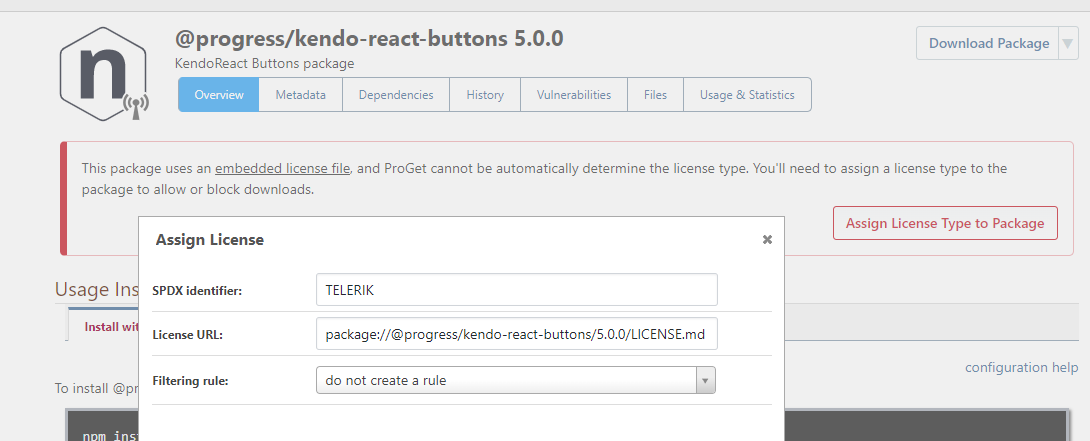Hi @cronventis, just wanted to let you know that this is complicated and it's not something we cannot quickly debug/diagnose.
Based on our analysis, the data being returned from your Kubernetes API is different than our instance, and the instances we've seen in the field. Our instance's API is returning the configuration digest, but it looks like your instance is returning the manifest digest.
Which one is correct? Why is your instance doing that? Why is ours doing this? It's a mess 
Code-wise, it would be a trivial fix in ProGet to make. Basically we just change this...
var data = await new DB.Context(false).ContainerUsage_GetUsageAsync(Feed_Id: this.FeedId, Image_Id: this.Image.ContainerConfigBlob_Digest);
... to this...
var data = await new DB.Context(false).ContainerUsage_GetUsageAsync(Feed_Id: this.FeedId, Image_Id: this.Image.Image_Digest);
... except that would break our instance and the others that return configuration digests.
We're tempted to "munge" the data results (basically just concatenate both database resultsets), but it would be really nice to know (1) which is correct and (2) why one instance does one thing.
Anyways that's our latest thought. Do you have any insight into this? This is just so bizarre.
Well, we'll kepe thinking about it on our end as we have time. Just wanted to give you a sitrep.
Cheers,
Alana



 ️
️